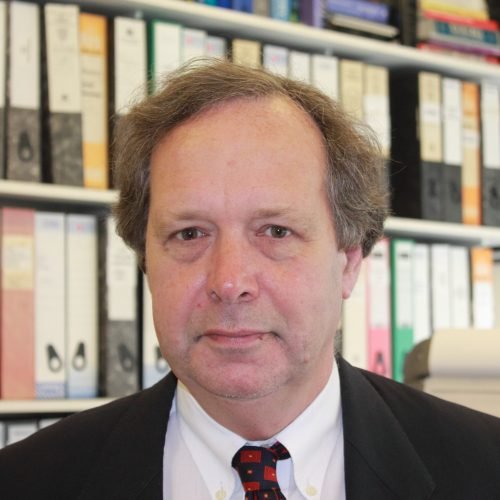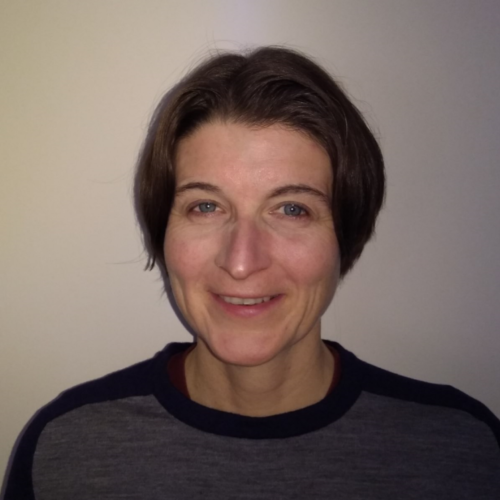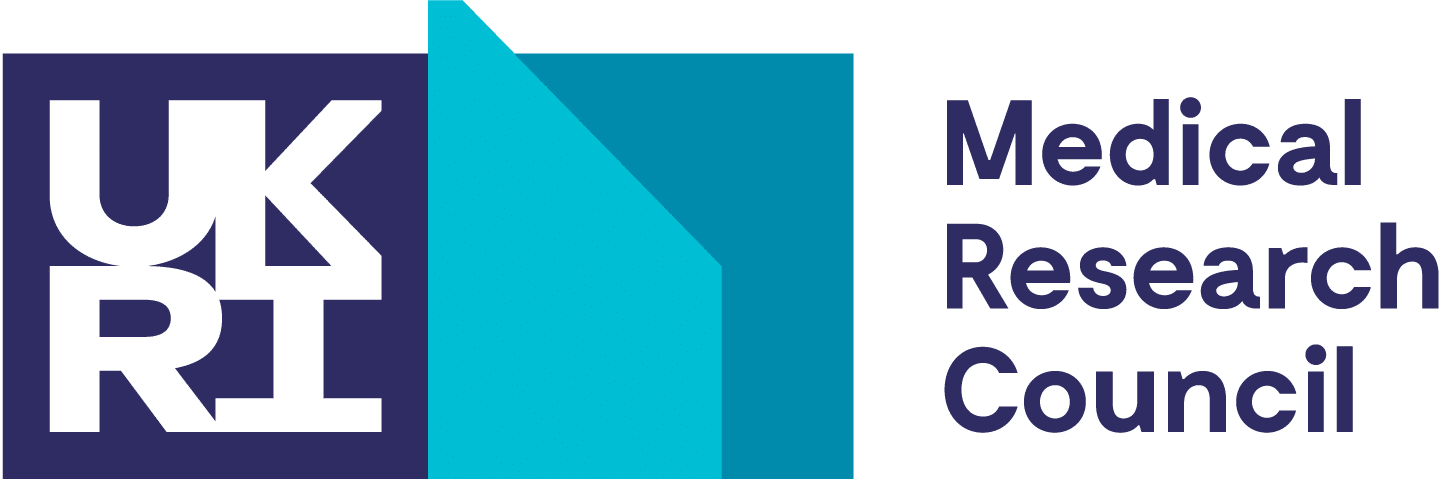The key focus
Our research programme will be to provide a clearer understanding of the potential hazards (and associated risks) with RMTs and to develop new methodologies to assess their risk, so that scientific stakeholders are able to accelerate these new medicines into the human population with full confidence.
Our Location
Our overall aim
To enable clinical translation of safe effective Regenerative Medicine Therapies through integration of the therapeutic safety expertise of the MRC Centre for Drug Safety Science with cutting edge imaging technologies, nanochemistry, stem cell biology and clinical methodologies. We will develop methods to monitor the biodistribution and behaviour of transplanted cells in well-characterised disease models using innovative nanochemistry and molecular imaging, and will thus relate the disposition of administered cells to the physiological, pharmacological and pathological responses of the host tissues that the cells populate.
Our specific objectives are to:
Proactively identify emerging issues in the assessment of the safety of Regenerative Medicine Therapies. Working with stakeholders, we will establish the likely hazards of Regenerative Medicine Therapies. This knowledge will inform the experimental approaches undertaken both by the Safety Hub and the other UKRMP Hubs.
Develop and validate cell tracking agents. We will develop cell-tracking nanoprobes and reporter lines to monitor the biodistribution of transplanted cells. Comprehensive in vitro safety evaluations will identify fit-for-purpose tracking agents which do not induce toxicity or alter phenotype.
Determine cell biodistribution in vivo. We will monitor the biodistribution of transplanted cells in our injury models, using a battery of whole animal imaging technologies to determine cell disposition over the short- and long-term and relate this to biological outcome.
Determine safety and efficacy. Using methodologies including structural and functional imaging, biomarker and pathology assays, we will determine if any of the Regenerative Medicine Therapies cause toxicity such as inflammation, systemic toxicity, fibrosis, mal-differentiation or tumourigenesis.
Composition of our Team
The Safety Hub consists of 4 collaborating Institutes: The University of Liverpool (UoL) (lead Partner); The University of Manchester (UoM); University College London (UCL); and The University of Edinburgh (UoE). The Director of the Hub is Kevin Park (UoL). The Hub Project Manager is Claire Hutchinson (UoL).
The University of Liverpool team comprises experts in:
Nanochemistry: Matt Rosseinsky, Mathias Brust, Dave Adams,
Imaging: Raphael Levy,
Biostatistics: Marta Garcia-Finana,
Stem Cell Biology: Trish Murray, Bettina Wilm,
Safety Science: Chris Goldring, Dan Antoine, Neil Kitteringham, Dean Naisbitt and
Diagnostic Pathology: Anja Kipar.
The University of Manchester, comprising experts in
Imaging: Stephen Williams, Marie-Claude Asselin,
Nephrology: Adrian Woolf, Rachel Lennon and
Stem Cell Biology: Sue Kimber.
The University College London team, based at the Centre for Advanced Biomedical Imaging (CABI) and led by Mark Lythgoe, comprises experts in Multimodal Imaging, Tammy Kalber, Paul Beard and Martin Pule.
The University of Edinburgh team, based at the MRC Centre for Regenerative Medicine and led by Stuart Forbes, comprises experts in Hepatology and Stem Cell Biology including David Hay.
The 3 sites of the Hub focussing on imaging technologies, work closely with newly appointed Chair of Pre-Clinical Imaging, Professor Harish Poptani at University of Liverpool.
Expected outcomes
- To have defined essential safety assessment criteria to enable human translation of novel therapeutics effective in preclinical models.
- To have developed validated tracking agents to monitor biodistribution of transplanted cells.
- To have identified the most appropriate tracking agent/imaging technique combination for each Regenerative Medicine Therapy in the liver and kidney models and to have established which tissues the administered cells populate.
- To have determined the efficacy and safety of the Regenerative Medicine Therapies that will be applied the liver and kidney models used in our Safety Hub.
- To have identified a nanoprobe and associated imaging technologies that are fit for purpose for tracking cells in patients.
- To have established a Safety Platform with broad applicability to evaluate the extent of adverse reactions, and quantify the efficacy of Regenerative Medicine Therapies in preclinical studies.









